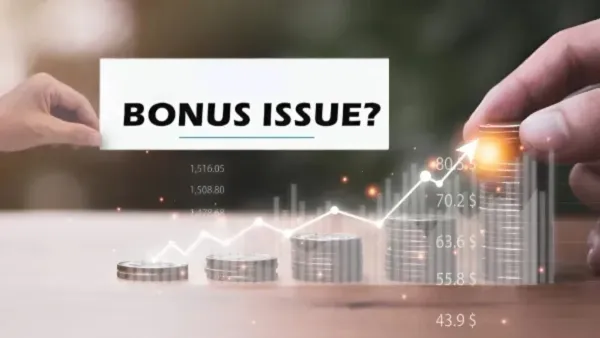 Revised GDP Growth Forecast
Revised GDP Growth Forecast
Crisil, a prominent rating agency, has updated its projection for India's gross domestic product (GDP) growth to 6.5% for the current fiscal year. This adjustment is driven by expectations of a favorable monsoon, anticipated interest rate reductions, and government initiatives aimed at supporting rural areas. The India Meteorological Department predicts an above-normal monsoon, which is expected to enhance agricultural output.
The department forecasts a monsoon for fiscal 2026 that will reach 106% of the long-term average, which is likely to encourage increased consumer spending. Furthermore, Crisil anticipates another interest rate cut within this fiscal year, which could further stimulate domestic demand. The Reserve Bank of India (RBI) has already implemented a 100 basis point reduction in rates during the current easing cycle, prompting banks to lower their lending rates.
Investment and Government Spending
The growth in investment-related goods indicates a robust increase in capital expenditure by both the central and state governments in May. The central government's capital expenditure rose by 38.7% in nominal terms during this month, while data from 17 major states shows a cumulative increase of 44.7% year-on-year in May. Additionally, the output growth in infrastructure and construction goods improved to 6.3%, up from 4.7% in the previous month.
Crisil also highlighted that tax reductions and anticipated spending on rural support initiatives outlined in the fiscal 2026 budget will bolster private consumption. However, the report warns that tariff increases could negatively impact goods exports, with reciprocal tariffs from the US administration set to take effect on July 9.
Challenges in Industrial Production
The report indicates that the tariff hikes may adversely affect goods exports in fiscal 2026, while private investments could be influenced by global uncertainties. In May, the growth rate of the Index of Industrial Production (IIP) decreased to 1.2% year-on-year, down from 2.6% in April, marking the lowest growth since August 2024.
A decline in the electricity sector and slower growth in manufacturing contributed to the IIP's downturn in May. Sectors such as consumer goods, electricity, pharmaceuticals, chemicals, and textiles experienced a year-on-year decline in output. Conversely, investment-related goods showed a more favorable growth trajectory, while export-oriented sectors exhibited mixed results.









